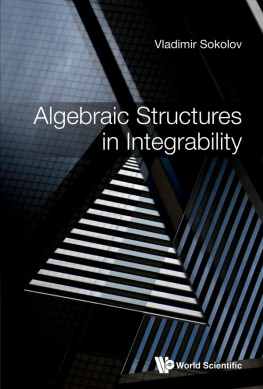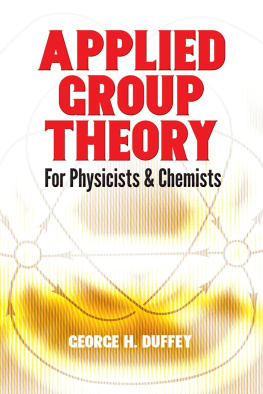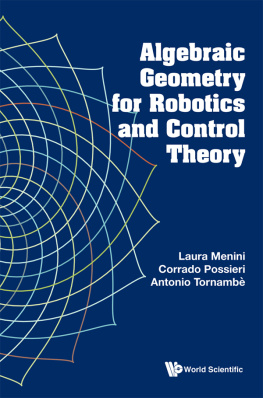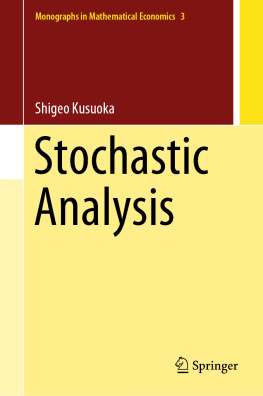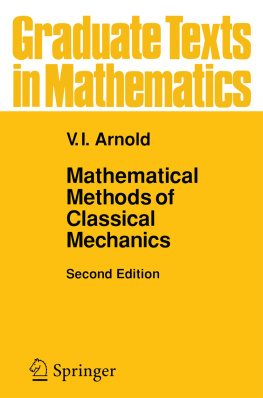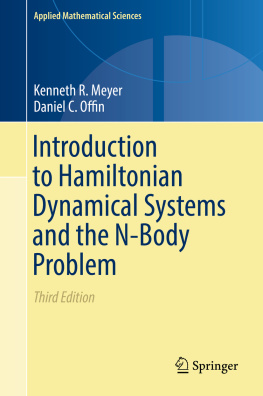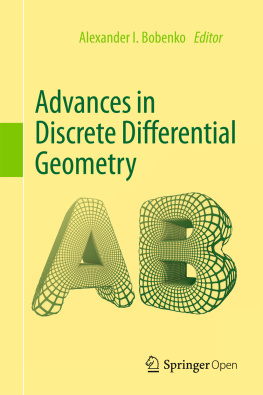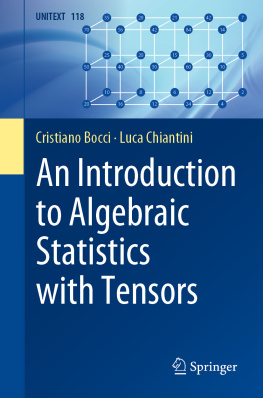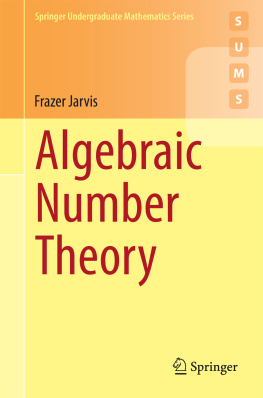Contents


Published by
World Scientific Publishing Co. Pte. Ltd.
5 Toh Tuck Link, Singapore 596224
USA office:27 Warren Street, Suite 401-402, Hackensack, NJ 07601
UK office:57 Shelton Street, Covent Garden, London WC2H 9HE
Library of Congress Control Number: 2020022361
British Library Cataloguing-in-Publication Data
A catalogue record for this book is available from the British Library.
ALGEBRAIC STRUCTURES IN INTEGRABILITY
Foreword by Victor Kac
Copyright 2020 by World Scientific Publishing Co. Pte. Ltd.
All rights reserved. This book, or parts thereof, may not be reproduced in any form or by any means, electronic or mechanical, including photocopying, recording or any information storage and retrieval system now known or to be invented, without written permission from the publisher.
For photocopying of material in this volume, please pay a copying fee through the Copyright Clearance Center, Inc., 222 Rosewood Drive, Danvers, MA 01923, USA. In this case permission to photocopy is not required from the publisher.
ISBN 978-981-121-964-1 (hardcover)
ISBN 978-981-121-965-8 (ebook for institutions)
ISBN 978-981-121-966-5 (ebook for individuals)
For any available supplementary material, please visit
https://www.worldscientific.com/worldscibooks/10.1142/11809#t=suppl
Printed in Singapore
To the memory of my teacher and mentor,
Alexei Shabat
Contents
Foreword
The author of this book is a leading expert in the theory of integrable systems. The book discusses the results and algebraic structures associated with the three most important concepts of the theory:
Lax pairs, introduced by Lax in 1968;
Compatible pairs of Hamiltonian structures, introduced by Magri in 1978;
Generalized symmetries and conservation laws.
In all three areas, the author obtained fundamental results. For example, the DrinfeldSokolov reduction has reached far beyond the theory of integrable systems and is widely used in mathematical physics. Another example is the use of the symmetry approach to the classification of integrable evolution equations, developed by Mikhailov, Sokolov, Shabat and their co-authors in the 1980s.
A particularly attractive feature of the book is the abundance of examples. Therefore, although often the author omits details of the proofs or simply refers to the original source, the reader has the opportunity to understand what is happening on specific calculations.
Some algebraic structures that arose in the theory of integrable systems are not mentioned in the book. These include -functions and corresponding transformation groups, cluster algebras, Poisson vertex algebras, and, in particular, classical affine W-algebras. However, as Kozma Prutkov said, Nobody can embrace the immensity!
Therefore, I unconditionally recommend the book by Vladimir Sokolov to a mathematically educated reader, who is interested in the theory of integrable systems.
Victor Kac(Massachusetts Institute of Technology)
Preface
The mathematical content of the theory of integrable systems comprises the study of hidden rich algebraic and/or analytic structures associated with such equations. In this book, algebraic structures associated with integrable ODEs and PDEs in two independent variables are considered.
The first part deals with Lax representations for differential equations. In addition, the method of factorization of Lie algebras (AdlerKonstantSymes scheme or AKS-scheme) is formulated and generalized. The theory of classical and quantum r-matrices is not discussed in this book, because there are many excellent books on this subject (see, for example, [ .
In a small In addition, the argument shift in quadratic Poisson brackets generating the CalogeroMoser elliptic model is discussed. For a small number of particles, commutative subalgebras of the universal enveloping algebra

